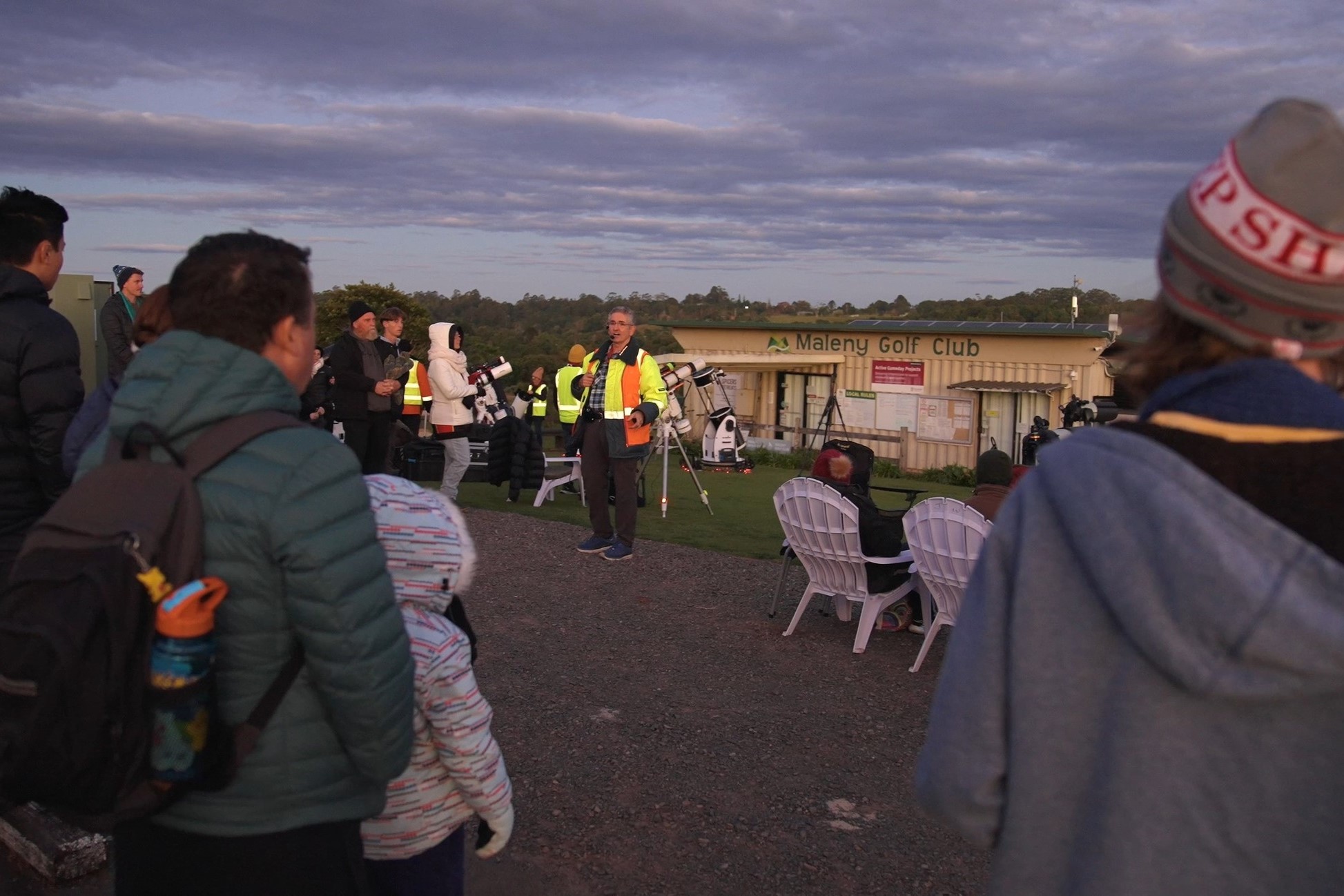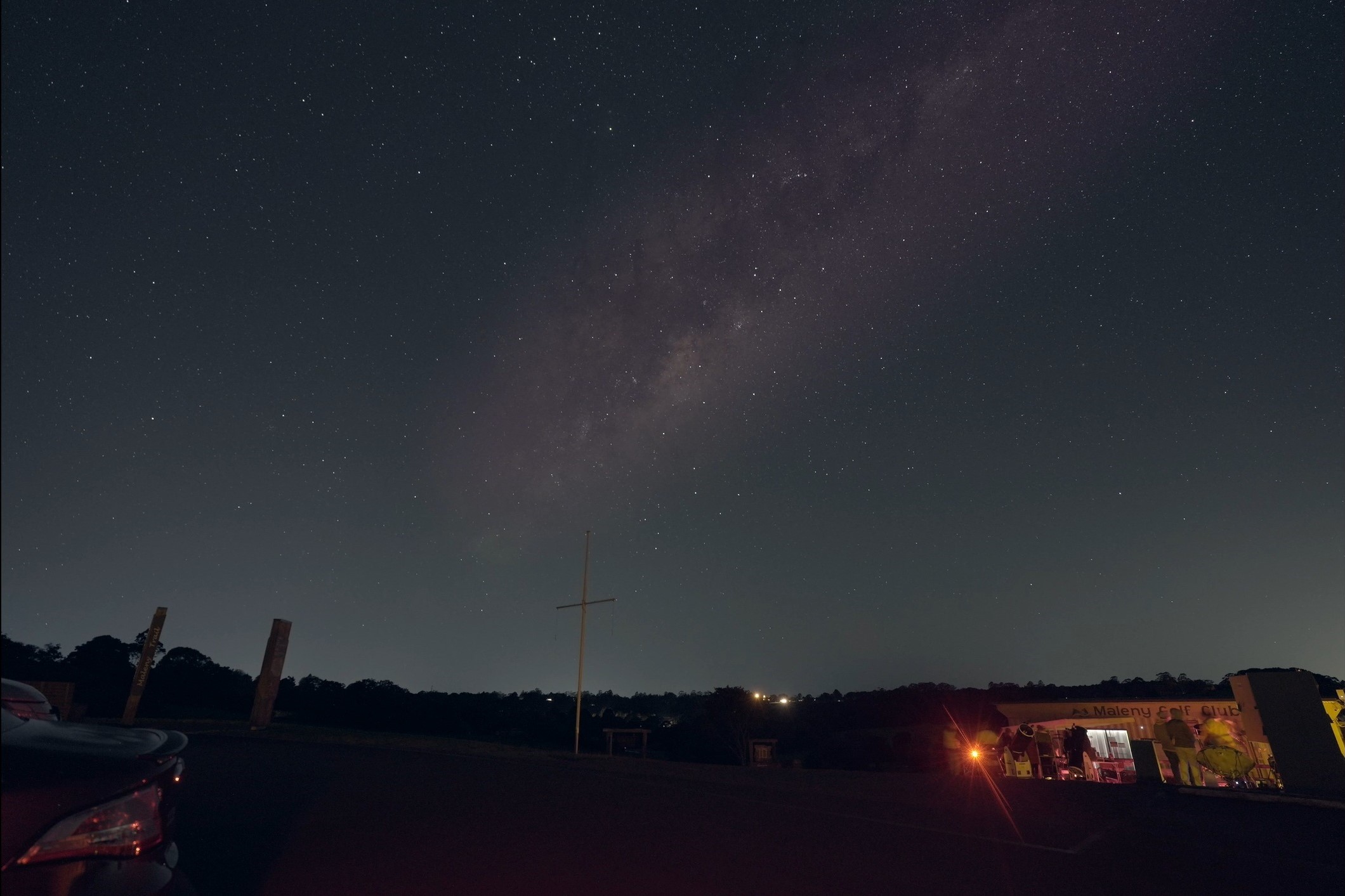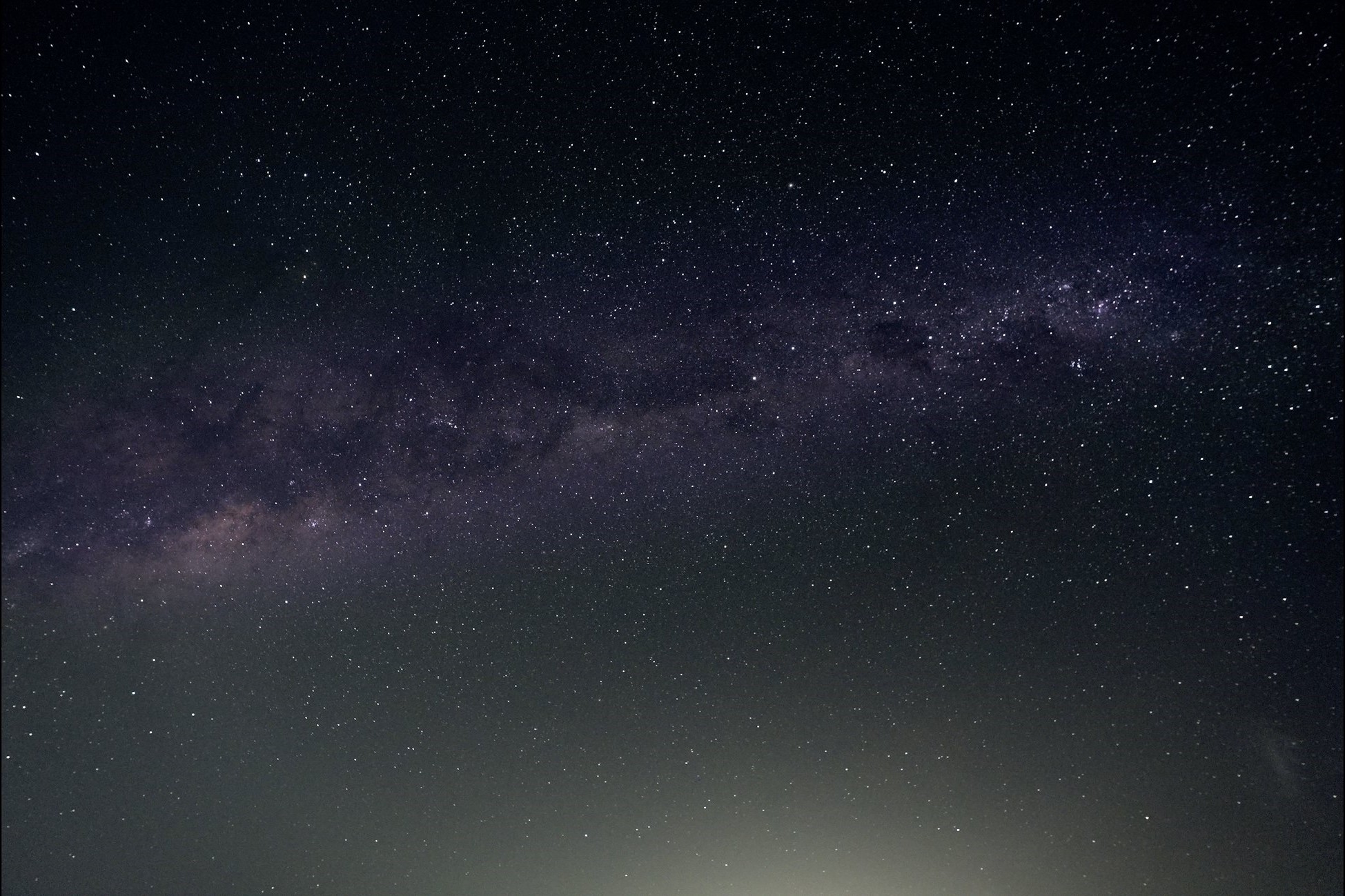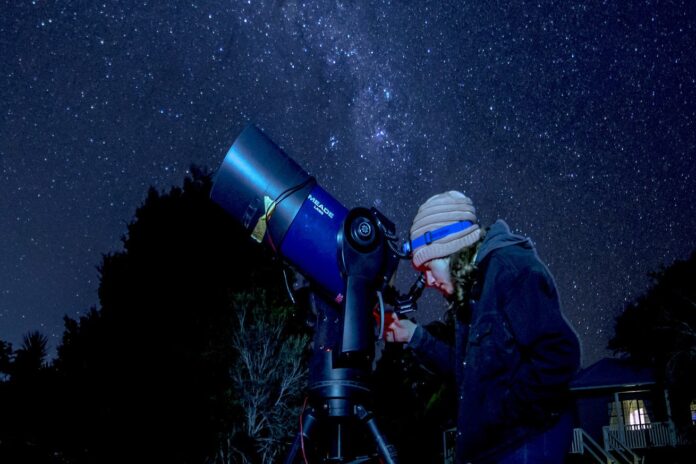Sunshine Coast locals have backed plans to establish a Dark Sky Reserve, which could protect much of the region’s night sky from light pollution.
More than 95 per cent of the 1200 people who took part in a Sunshine Coast Council survey voiced their support of the initiative.
The proposed 873 sq km reserve could also improve wellbeing, protect wildlife and support astro-tourism.
The proposed area includes a core zone, which is the council-owned Kirbys Road Environment Reserve. It also includes a broader buffer area including the nearby townships of Maleny, Mapleton, Montville, Witta, Flaxton and Conondale.
The council sought community feedback on the proposal to establish a Dark Sky Reserve during a formal consultation period.
Consultation activities included an online survey, community drop-in sessions at libraries, a fully booked-out community stargazing event, a community information session, presentations at exhibitions and events, direct submissions and sending more than 5800 letters or emails to property owners within the proposed reserve area seeking feedback.

Councillor Maria Suarez said residents were eager to have their say on it.
“The message from our communities is clear: our dark skies are worth protecting,” she said.
“They are important for our health and wellbeing, our hinterland businesses, our wildlife and ecosystems, and they are part of what makes our region special.
“Here on the Sunshine Coast, unlike most other populated areas in the world, we know what it means to look to a sky full of stars and experience that unique sense of wonder.”
There are only six Dark Sky Places in Australia, and only one of those is a Dark Sky Reserve, which is characterised by community involvement and partnerships.
Do you have an opinion to share? Submit a Letter to the Editor at Sunshine Coast News via news@sunshinecoastnews.com.au. You must include your name and suburb.
Councillor Winston Johnston thanked community members for their feedback on the proposal and said dark sky values were spreading.
“For this proposed reserve to work, the community needs to be involved and invested in dark sky values, so we can all make positive choices about how we use outdoor lighting,” he said.
“It’s encouraging to see the level of excitement this proposal has generated in the community.
“Indeed, many residents are learning about the importance of our dark skies through this proposal and the attention it has attracted.”
Under the proposal, Kirby’s Road Environment Reserve would become the “core” of the reserve, where dark sky quality would be preserved by managing light pollution across the entire reserve area.
Landholders near this core area are key stakeholders to the proposal.
Some residents near Kirby’s Road Environment Reserve have expressed concern over this core area attracting more visitors with potential impacts to roads, amenity and general reserve management.

Cr Suarez said careful management of Kirby’s Road Environment Reserve was a priority.
“We’ll continue speaking with these residents to ensure we strike a balance in protecting this special area while celebrating its incredible dark sky,” she said.
“Kirbys Road Environment Reserve is just one aspect of the proposal and opportunities would be spread across the entire Dark Sky Reserve area.
“That way, our hinterland businesses and communities will enjoy the benefits while also doing the heavy lifting in hosting astro-tourism visitors.”
The broader area includes the Maleny Observatory and Mapleton Observatory, where community groups run night sky viewing events.
Council will continue conversations with the community and other stakeholders and prepare technical documents including a lighting management plan for the proposed reserve area.
Consultation findings and technical documents will then be presented to councillors at an Ordinary Meeting.
If councillors decide to proceed with the proposal, the next stage would involve working with Dark Sky International and key stakeholders to prepare and submit an application to establish the Dark Sky Reserve.

During consultation, community members highlighted the importance of reducing light pollution in other areas of our region, including urban coastal areas.
Council stated that it was working to address pollution in the region, outside the proposed reserve area.
Council is trialling turtle-friendly lighting in select coastal locations which, during nesting season, are motion-activated and red in colour to have the least impact on nesting turtles and hatchlings.
Meanwhile, street lighting upgrades continue across the region, replacing ageing technology with efficient LED lighting.
To minimise light impacts, use lighting only if it has a clear purpose, direct lighting so it falls only where it is needed or use shields on lights, keep lighting no brighter than necessary, use controls such as timers or motion sensors to ensure light is only on when required, use warmer coloured lights with low blue-violet light where possible.





